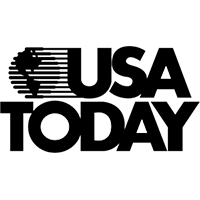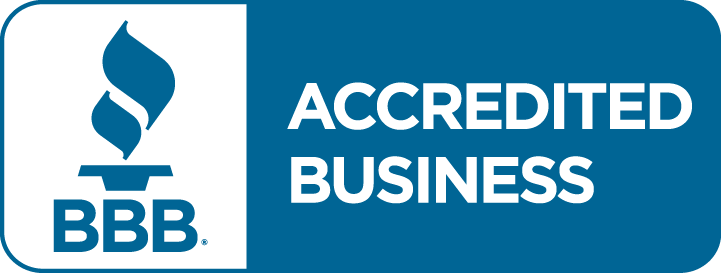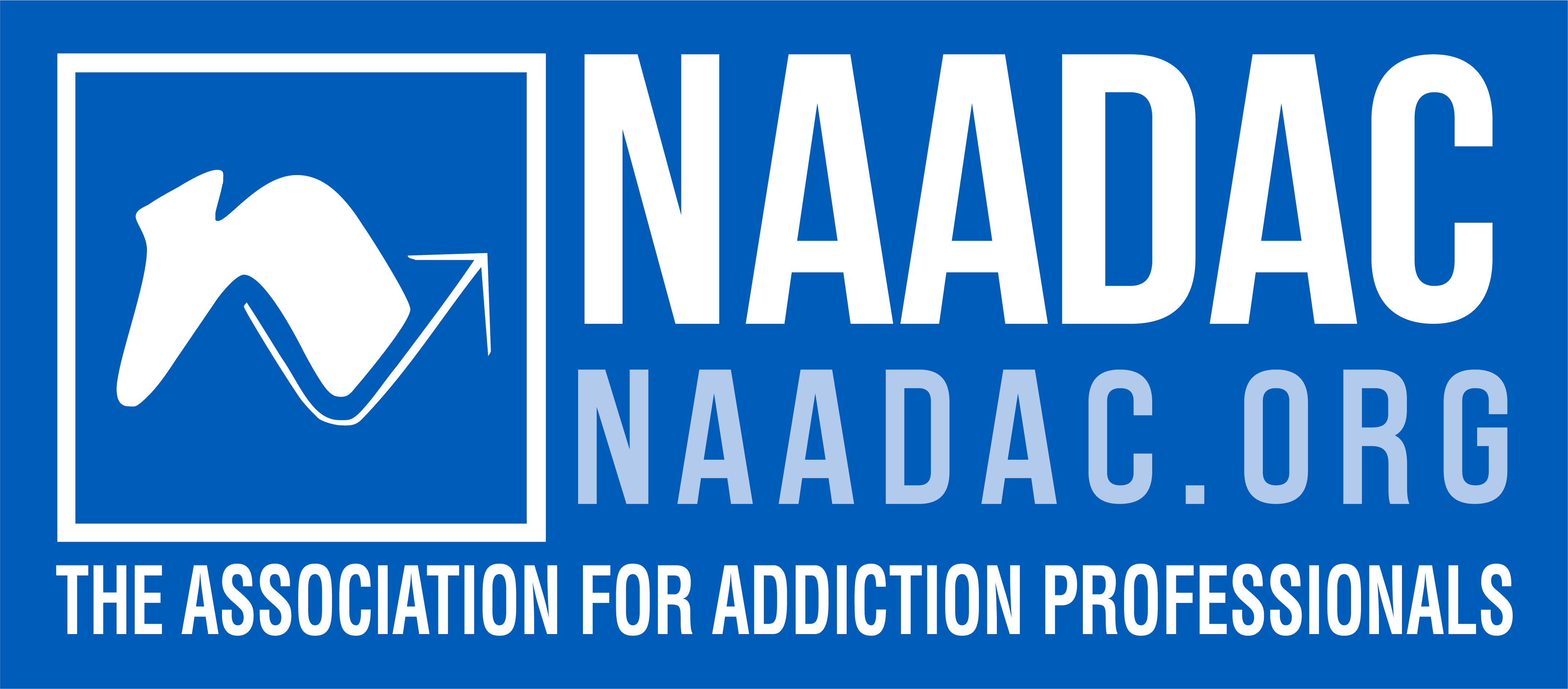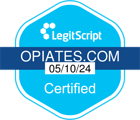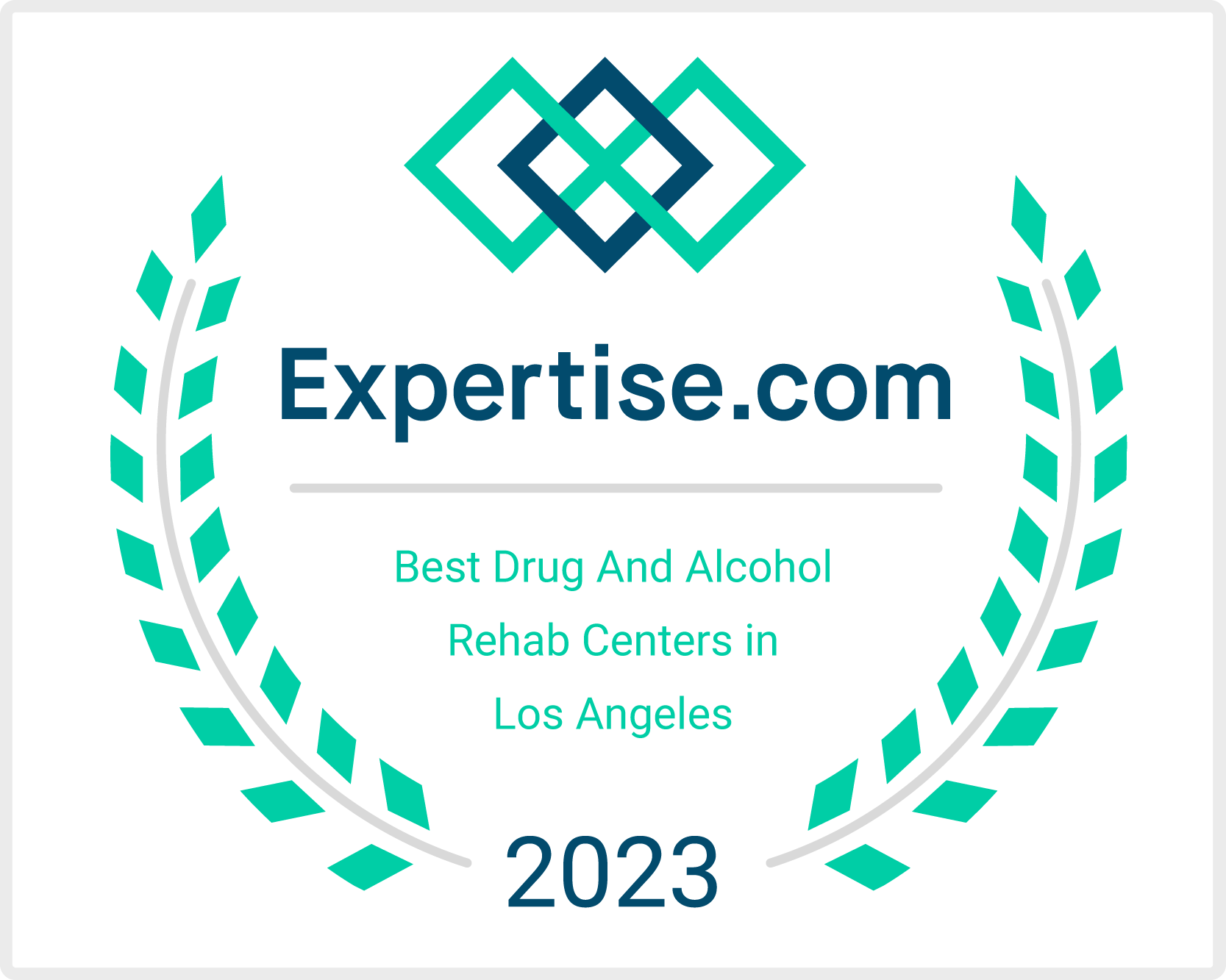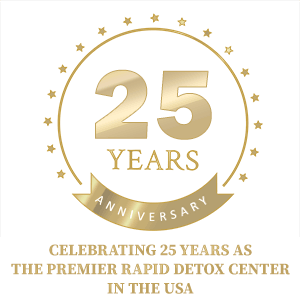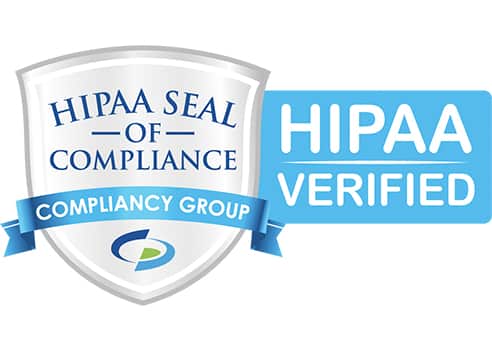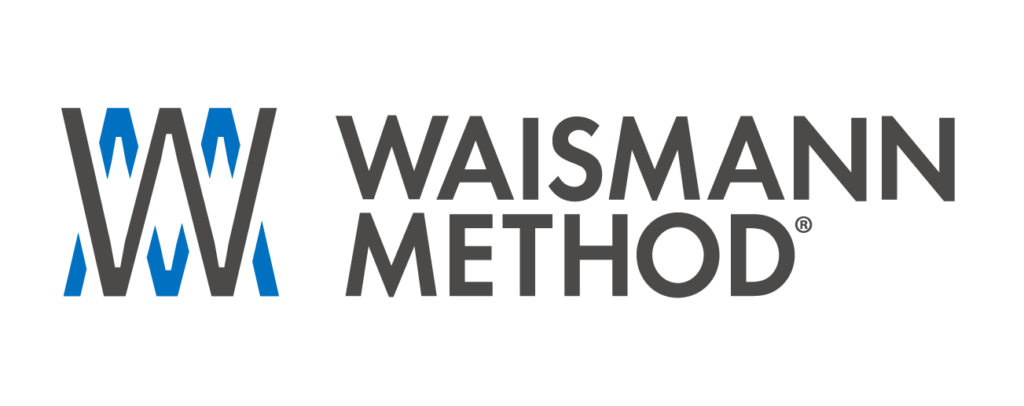The critical phase following an accelerated opioid detox under sedation requires nothing less than thorough professional inpatient care. This stage is crucial for tackling the myriad physical and emotional hurdles that emerge from the detoxification process. Extended opioid use significantly disturbs hormonal equilibrium, which in turn heightens stress and anxiety levels.
In the vulnerable aftermath of rapid detox, individuals often experience heightened emotional sensitivity. While the support from loved ones is invaluable, it may not be sufficiently informed to effectively navigate the complexities of this critical period. It’s crucial to recognize that a hotel room, lacking professional supervision and care, poses significant risks to someone freshly emerging from opioid detoxification. Such environments are ill-equipped to prevent complications or relapse due to the absence of professional oversight.
Domus Retreat steps in to bridge this gap by offering sustained, comprehensive support aimed at drastically reducing the chances of an immediate relapse. Our team is committed to providing deep emotional and physical care, helping patients adjust sleep patterns, manage heightened sensitivities, and enhance gastrointestinal health, alongside a range of other therapeutic interventions.
Our approach is deeply personal, honoring the unique path of recovery each patient walks. Aware of the intricacies involved in addiction treatment and the challenges of achieving lasting sobriety, we firmly oppose the superficial solutions offered by one-day detox programs. Instead, we dedicate ourselves to fostering a nurturing, compassionate, and supportive atmosphere that promotes healing and enduring health.









